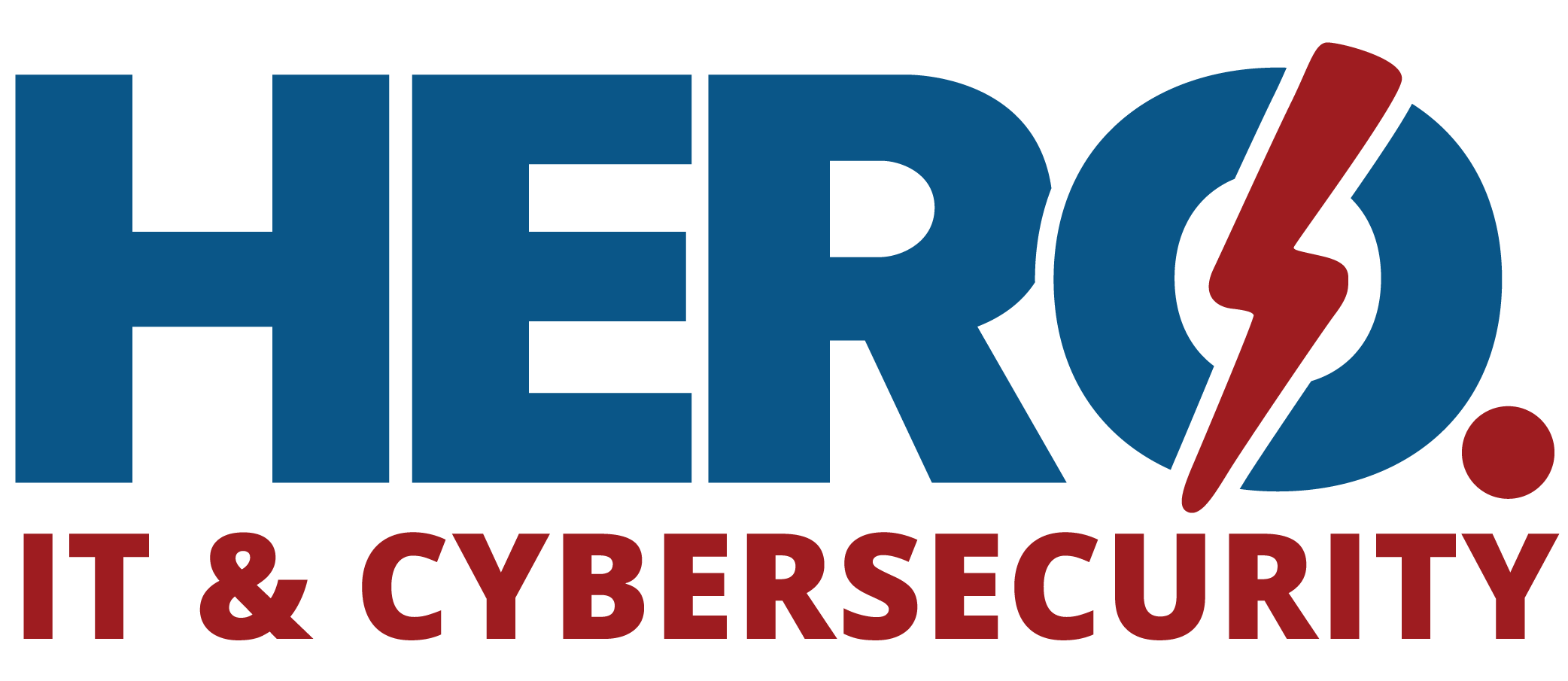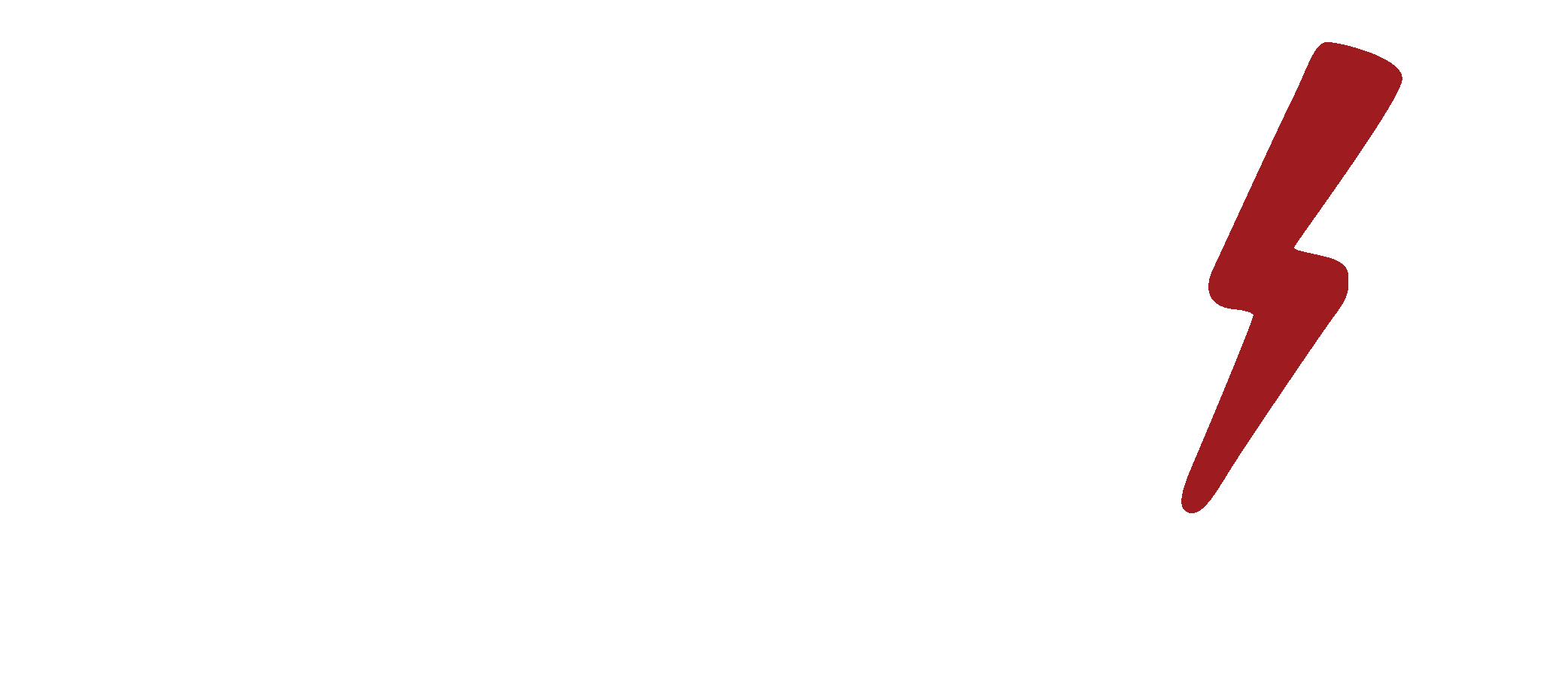
Weighing the Costs: Break-Fix vs. MSP — What Really Makes Sense for Your Business
Is paying only when things break really cheaper? Or does a proactive Managed Service Provider (MSP) deliver lower total cost and higher uptime?
Every growing company reaches a crossroads with IT: keep limping along on a “call us when it’s broken” approach, or move to a proactive, managed model that prevents problems before they snowball. On paper, break-fix looks thrifty because you only pay when you need help. In practice, it often produces unpredictable expenses, longer outages, and a mounting backlog of security and maintenance tasks that never seem to get done. A Managed Service Provider (MSP), by contrast, wraps monitoring, maintenance, support, security, and planning into a predictable monthly service—turning technology from an intermittent cost center into a reliable business platform.
This guide breaks down the financial and operational trade-offs between break-fix and MSP so you can decide what truly fits your goals. We’ll quantify downtime, highlight the “hidden costs” most leaders miss, and map a pragmatic path to modernizing your IT with the right level of support.
What “Break-Fix” Really Buys You
Break-fix is straightforward: your team manages the environment, and when something fails you call a technician. If you rarely have issues, it can feel efficient. But the model is inherently reactive. Routine tasks—patching, firmware updates, license management, backups, endpoint hardening—are easy to postpone when budgets are tight or calendars are full. Each deferral quietly raises risk. Over time, performance degrades, tickets become more urgent, and you spend more staff hours triaging symptoms instead of improving systems. When an outage finally hits, you pay premium rates while productivity stalls and customers wait.
What an MSP Changes
An MSP assumes day-to-day responsibility for keeping your environment healthy. That typically includes 24/7 monitoring, patching and updates, help desk, asset lifecycle management, backup oversight, security controls, and strategic planning. You gain a known monthly cost and a known playbook for how issues are prevented and resolved. The big difference is posture: from “fix it when it breaks” to “prevent it from breaking”—and recover quickly if it does. If you want a sense of what this looks like in practice, explore HERO’s Managed IT Services to see how monitoring, help desk, and vCIO planning come together in a single operating model.
The Hidden Costs of Break-Fix (That Don’t Show on the Invoice)
Leaders often compare a monthly MSP fee to last quarter’s break-fix invoices and conclude break-fix is cheaper. But that comparison ignores costs that rarely appear on a bill:
Downtime and delay. An hour of outage is more than a technician’s rate. Multiply the number of affected staff by their burdened hourly cost, add lost sales, client SLAs, and rework. Even a modest outage quickly eclipses a month of proactive service. Deferred maintenance. Skipped patches and aging hardware don’t fail on a schedule; they fail at the worst possible time. Security exposure. Unapplied updates and weak controls invite malware, credential theft, and data loss. Lost momentum. When leaders spend hours chasing IT fires, projects slip and strategic initiatives stall. Institutional knowledge risk. If one “go-to” person keeps everything in their head, vacation or turnover becomes a business risk.
A Simple TCO Reality Check
Consider a 25-person firm with an average burdened cost of $35/hour. A two-hour outage where most staff can’t work costs roughly $1,750 in lost productivity (25 × $35 × 2), before you count delayed revenue, refunds, or emergency support. Add a conservative $500 for ad-hoc remediation, and you’re at $2,250 for a single event. If incidents like this occur a few times per year, the “savings” of break-fix evaporate. Meanwhile, a right-sized MSP plan aims to prevent those incidents and restore service faster when issues do occur, making the monthly fee look a lot more like risk insurance that pays for itself.
Security and Compliance: Where Break-Fix Falls Short
Threats evolve daily. Ransomware, email impersonation, and credential stuffing thrive in environments with inconsistent patching and weak controls. An MSP formalizes essentials like multi-factor authentication, endpoint protection, email security, and least-privilege access, and then maintains them continuously. For regulated industries—healthcare, legal, financial—consistent logging, retention, and audit trails are non-negotiable. Those requirements rarely fit the sporadic rhythm of break-fix. If you’re unsure how prepared you are, HERO’s Free IT Assessment benchmarks your environment and identifies the fastest, most cost-effective improvements.
Uptime, Backups, and the Cost of Being “Mostly Fine”
Many teams say, “We have backups,” but haven’t tested restores against a defined Recovery Time Objective (RTO) or Recovery Point Objective (RPO). When a real incident hits—hardware failure, human error, ransomware—untested backups can add hours or days to recovery. A managed approach treats backup and recovery as a living discipline: validating jobs, testing restores, documenting runbooks, and aligning RTO/RPO with business tolerance. If you don’t have that rhythm today, start with a pragmatic plan via HERO’s Backup & Disaster Recovery.
Scalability: The Future Always Costs Less When You Plan for It
Hiring 10 people, opening a new location, or enabling hybrid work is far cheaper when you have standard images, device management, identity policies, and cloud architecture ready to go. Break-fix scrambles to meet the moment; MSP prepares for it. That often includes thoughtful use of cloud file services, identity and access management, and right-sizing on-prem resources—areas where HERO’s Cloud Solutions can remove CapEx spikes and smooth your growth curve.
When Break-Fix Can Still Make Sense
There are narrow cases where break-fix remains reasonable—very small organizations with minimal technology reliance, non-critical systems, or seasonal operations where downtime has negligible impact. If that’s you, document basic backup practices, keep a short list of trusted vendors, and set clear expectations internally about acceptable downtime. But revisit the decision as soon as your reliance on technology, compliance exposure, or customer volume increases.
When It’s Time to Switch to MSP
Signs it’s time to move on: recurring outages that never quite get solved; mounting “to-do later” items like patching, MFA, and backup testing; unpredictable invoices that wreck budgets; delayed projects because leaders are stuck in IT triage; or a single scare (near-miss ransomware, prolonged ISP outage, corrupted file server) that reveals how fragile things really are. Those moments are opportunities to standardize, document, and stabilize with a managed approach.
How to Evaluate an MSP Without Overpaying
Look for clarity and accountability. Ask what’s included in the monthly fee versus what’s project-based. Review SLAs for response and resolution times. Confirm onboarding includes thorough documentation of your environment and a security baseline (MFA, admin controls, backup validation). Ensure you’ll get regular reporting, ticket metrics, and a strategic roadmap so IT supports your growth plan. Most importantly, pressure-test recoverability: how often will restores be tested, how quickly, and by whom?
A Gentle Migration Path
You don’t have to flip a switch overnight. Many companies start with a co-managed model: your internal person retains day-to-day context while the MSP supplies tooling, 24/7 coverage, and escalation muscle. From there, you can move more responsibility to the MSP as processes mature. The goal isn’t to replace people; it’s to replace fragility and firefighting with consistency and confidence.
Putting Numbers Behind the Decision
If you’re on the fence, model the next 12 months. Tally last year’s break-fix invoices, estimate productivity loss from outages (employees × hourly cost × downtime), add a line for delayed projects, and include at least one “unplanned event” such as a failed server or major email incident. Then compare that total to a right-sized MSP proposal that includes monitoring, patching, help desk, backup oversight, and a quarterly roadmap. The MSP number is predictable; the break-fix number almost never is.
Conclusion: Choose Predictability, Not Probability
Break-fix bets on good luck. MSP bets on good process. If your business depends on technology—and nearly all do—process wins. A managed model reduces downtime, tames security risk, accelerates projects, and gives leaders their time back. The result is a lower, steadier total cost of ownership and an IT foundation you can trust as you scale.
Ready to see what a modern, proactive approach would look like for your team? Request your Free IT Assessment. We’ll compare your current break-fix spend to a managed model, highlight quick wins, and craft a roadmap that supports your goals with the right blend of Managed IT Services, Backup & Disaster Recovery, and Cloud Solutions.
More Ways to Partner With HERO
Need Something Else? Explore Fully
Managed or Custom IT Solutions
Not every business needs a co-managed IT solution—and that’s okay. At HERO, we offer a range of service models built around how you operate today and where you’re headed tomorrow. Whether you're looking to fully outsource your IT to a trusted provider, reduce vendor overhead, or create a hybrid model that blends internal resources with external support, we’ll help you design a solution that fits your structure, staff, and goals.
If Co-Managed IT isn't quite right, let’s talk about other options like fully managed IT services, strategic consulting, or project-based support. Every plan we build is custom, scalable, and aligned with your long-term vision.
Passionate - Dedicated - Professional
what people are saying
Our clients don’t just stay with us—they advocate for us. From rapid response times to strategic technology guidance, businesses across Florida and beyond trust HERO to deliver results that make a difference. Read what real customers have to say about partnering with our team of IT professionals.
Other IT Service Models
Secure by Design, Compliant by Default
When it comes to cybersecurity and compliance, cutting corners isn't an option. HERO is committed to meeting the most rigorous industry standards to protect your business-critical data and systems. We maintain and align with frameworks such as HIPAA, SOC 2 Type II, PCI DSS, NIST 800-53 and CMMC 2.0, ensuring your IT infrastructure supports both operational needs and regulatory requirements. Whether you're in healthcare, finance, or professional services—you can trust HERO to deliver secure, compliant, and fully auditable IT solutions.
Your data is protected. Your compliance is covered.




Ready for a Better IT Experience?
HERO Managed Services delivers more than just support—we provide secure, scalable, and strategic IT solutions designed to help your business grow. Whether you need fully managed IT, co-managed support, or advanced cybersecurity protection, we’re here to be your trusted technology partner.


